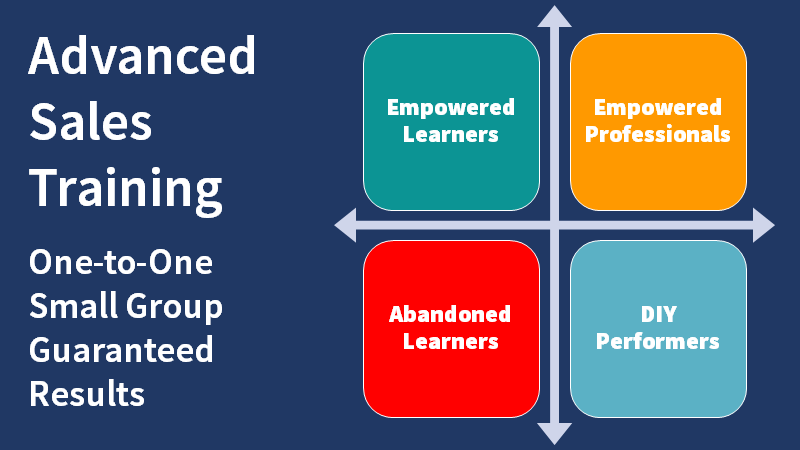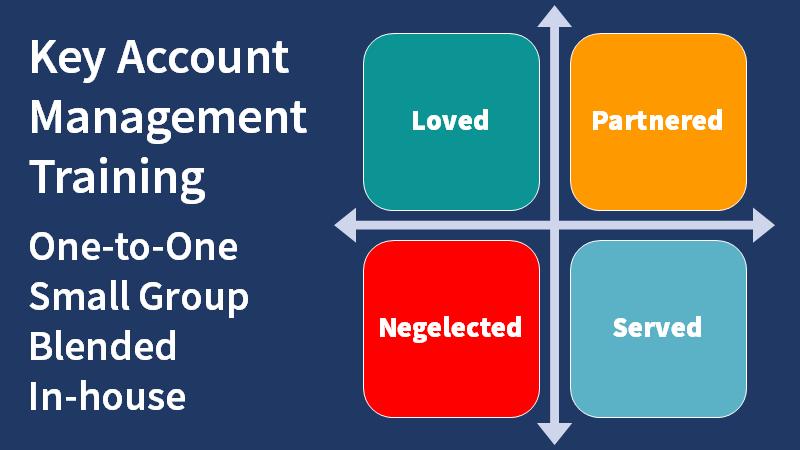An extensive guide on sales forecasting methods.

Sales process expert Bob Apollo poses the question, "Why is Accurate Sales Forecasting Such a Challenge?" and provides details of sales forecasting methods that lead to improvements:
Paper by Bob Apollo - Part 1 of 3
According to the latest research published by CSO Insights, less than half of all forecasted sales opportunities actually result in a sales win.
Just under a third result in a competitive loss, and nearly a quarter result in the prospect deciding to do “nothing”.
Just think about that for a moment. At a deal-by-deal level, the current state of sales forecasting in the average B2B environment is less reliable than simply tossing a coin. Even at the overall sales forecast level, when you might hope that some of the individual errors and inaccuracies would balance out in the overall revenue number, many organisations still struggle to come up with consistently accurate company-wide revenue forecasts.

Now, I’m the first to acknowledge that successful selling is a blend of art and science, and that truly unpredictable changes in circumstance can sometimes trip you up, but there’s clearly something going seriously wrong here.
Some companies are managing to do much better
In fact, it is possible to do better - and potentially a great deal better, as proven by recent research by the Aberdeen Group. They found that the vast majority (97%) of companies that implemented a series of best-in-class forecasting processes achieved their sales quotas - compared to just 55% amongst those that did not. The performance difference is striking, but this is not just a matter of getting a number right. When forecasts are regularly missed, employees lose confidence, people lose their jobs, investors lose their money, and - ultimately - companies fail.
The barriers to effective sales forecasting
Aberdeen’s research offers some important pointers to the root causes of the forecast accuracy problem. It suggests that the most significant barriers to effective sales forecasting are:
- Salespeople not having sufficient knowledge of the details of specific deals, and/or (nearly as bad) failing to enter that information into the sales forecasting system
- A lack of personal accountability on the part of individual salespeople as to their responsibilities for accurate sales forecasting
- Salespeople displaying over-confident, conservative or sandbagging behaviours in their personal forecasting
- Management failure to define or enforce strict stage definitions, milestones and data entry standards
- A general inability to understand or calculate the realistic probabilities and closing dates for current deals
Although only the 4th barrier is specifically called out as a management failure, in truth these are all failures of management. As the old saying goes, if you don’t inspect it, you can’t expect it. In the remainder of this article, I want to share a handful of pragmatic, time-tested initiatives that can enable managers to adopt a best-practice approach to sales forecasting.
The focus of this guide
I want to set the scene by explaining that these techniques are particularly effective in high-value, complex sales environments with lengthy buying cycles where a statistical approach to sales forecasting is unlikely to be effective. I’m talking about environments where - if it is to be accurate - the sales forecast has to be built bottom-up on a deal-by-deal basis. If this matches your environment, this article should enable you to identify a handful of practical, immediately actionable ideas that will start to improve the accuracy of your very next sales forecast. But even if your average deal values are low enough and your volume of sales transactions are high enough to allow you to take a statistical approach to revenue forecasting, I still think you’ll find some of the concepts valuable.
Getting the basic foundations in place
There are four critical foundations that you must establish before you can expect to achieve anything approaching best-in-class sales forecast accuracy:
- A clearly defined, well-documented and consistently applied sales process with explicit milestones or gates between each of the stages
- Clearly defined and consistently applied progressive opportunity qualification criteria that are regularly revisited throughout the sales process
- A CRM system that is configured to capture, report and analyse the key facts and figures that affect sales forecast accuracy
- An environment in which salespeople see themselves as personally accountable for fully understanding their sales opportunities and for delivering accurate sales forecasts
There’s a common thread running through these four key foundations: clear definitions, consistently applied, supported by effective systems and personal accountability. In fact, without these in place, it’s hard to imagine how any organisation could generate consistently accurate sales forecasts.
Let’s explore each of these factors in a little more detail:
Clearly-defined sales process - Part 2 of 3
Bob Apollo is the Managing Partner of UK-based Inflexion-Point Strategy Partners. He helps B2B companies to accelerate their revenue growth by designing and implementing repeatable, scalable and highly-aligned sales and marketing processes that enable them to systematically identify, attract, engage, qualify and convert more of the right sort of prospects.
To find out more, visit www.inflexion-point.com, email bob.apollo@inflexion-point.com or call 07802 313300.
Additional Help
Use the Sales Win Predictor to improve sales qualification and forecast accuracy.
If you need to improve sales forecasting methods, sales pipeline management, or sales prospecting, we can help. Telephone +44 (0)1392 851500. We will be pleased to discuss your needs or talk through some options. Send an email to custserv@salessense.co.uk or use the contact form here.












